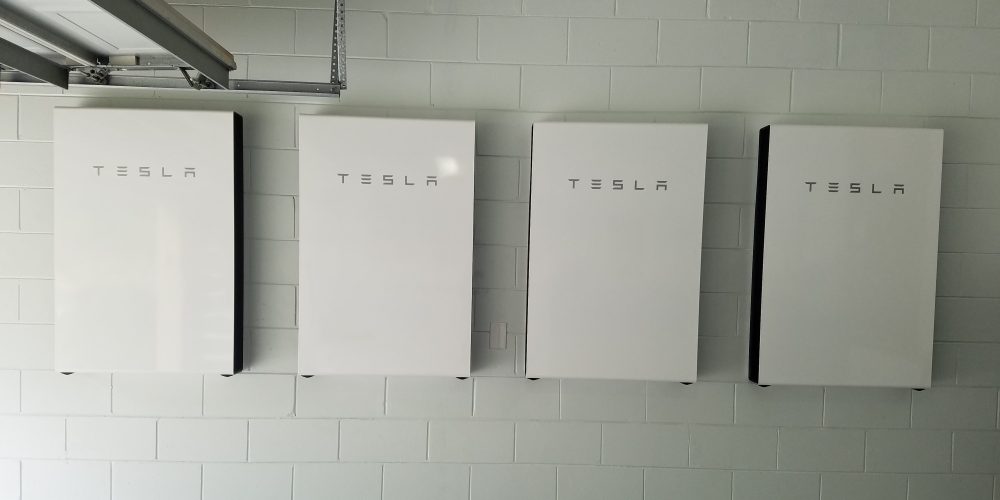Tesla announced today that they have just surpassed 200,000 Powerwalls installed globally.
It means that Tesla installed as many Powerwalls over the last year as it did for the first five years of the home battery pack’s existence.
Tesla introduced Powerwall 2 in 2016, and it took the home energy storage business by storm with a leading cost per kWh of energy capacity.
The automaker received tens of thousands of reservations for the device, but the production ramp-up over the last few years has been slow since Tesla focused its efforts and battery supply on Model 3 production and other energy storage products like Powerpack and Megapack.
Tesla was still able to deploy a significant number of Powerwalls. Around this time last year, Tesla announced that it had installed 100,000 Powerwalls over the first five years of the product’s existence.
Now just a year later, Tesla announces that it has now surpassed 200,000 Powerwalls installed globally:
Tesla has never confirmed the production capacity of the Powerwall, but the new information shows it’s now at around 100,000 Powerwalls per year.
Recently, CEO Elon Musk announced that every new Tesla solar panel or solar roof system going forward will come with Tesla Powerwalls.

It will be the only way to buy the home battery pack, which also got an upgrade only a few months ago.
Last month, the company also introduced a new Tesla Powerwall+ with higher power capacity.
Earlier this week, Tesla also updated the Powerwall’s software with a better Energy Plan and Virtual Power Plant integration, along with a few more features.
The new product is expected to become more central to Tesla’s home energy offering as the automaker is trying to grow its energy division into a large global decentralized electric utility.
Musk even said that Tesla Energy could even outgrow its automotive business.
FTC: We use income earning auto affiliate links. More.
Subscribe to Electrek on YouTube for exclusive videos and subscribe to the podcast.